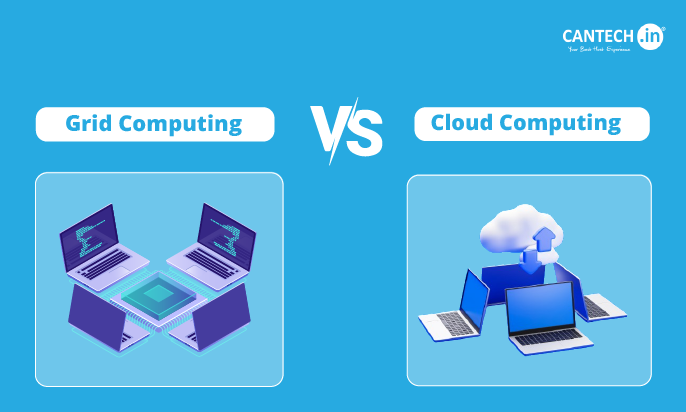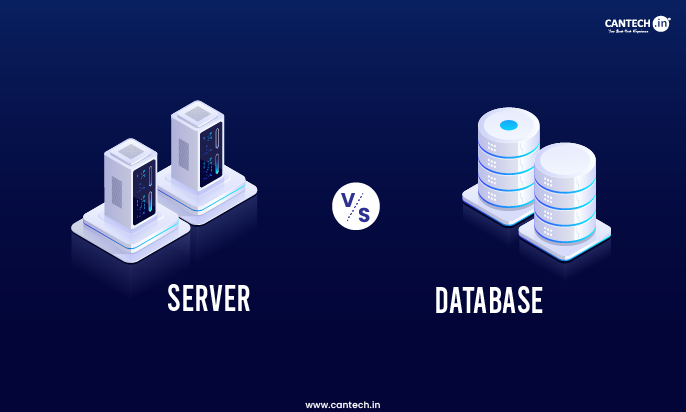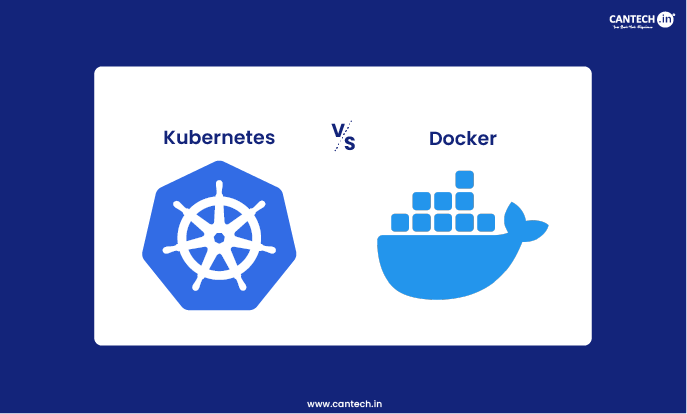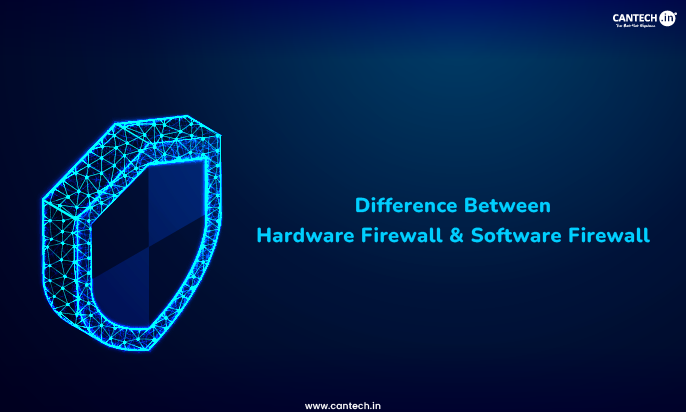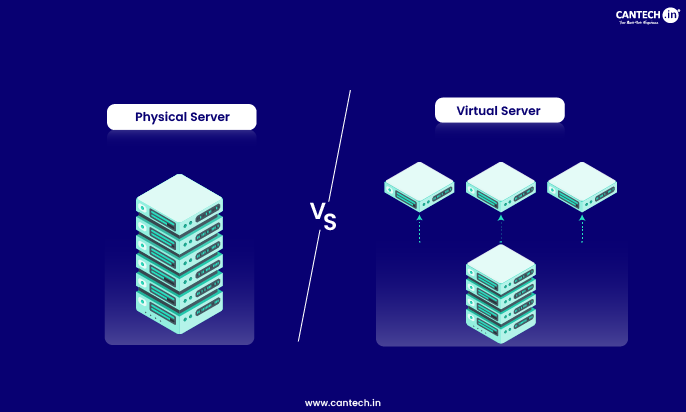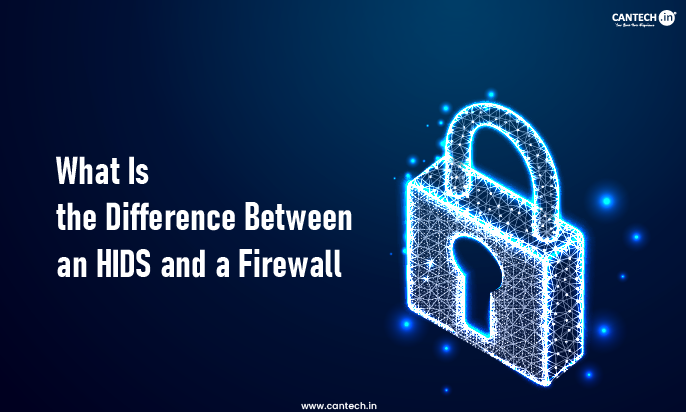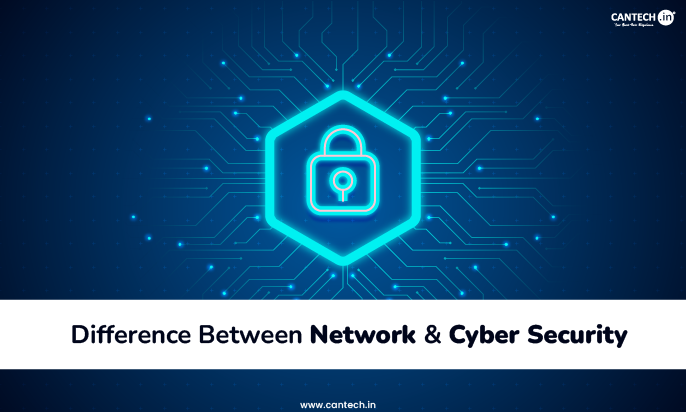Grid computing and cloud computing are the two concepts often discussed together. Are you looking to know the differences between these terms to decide which one suits you the best? Moreover, grid computing is a bit older concept whereas cloud computing has become the more popular choice in recent years. Well, they have their distinct purposes for computation tasks in different types of applications. So, this blog compares grid computing vs. cloud computing and helps you break down various aspects to decide which one is right for you.
We will explore their differences through the meanings, pros, cons, and various aspects. Ultimately we will summarise which one could be the best option for you. Thus, you will get a comprehensive understanding of both when we compare them in this blog.
Grid Computing vs. Cloud Computing
What is Grid Computing?
Multiple computers work together in a grid computing system. They handle tasks that are too large or complex for one machine. So, what makes grid computing so effective? Well, this setup spreads the workload across many interconnected systems instead of relying on one.
All in all, it can handle large volumes of data much faster than a single machine could. It is like a supercomputer with the power of many smaller computers.
Moreover, you can access and share resources without directly managing them or paying for every single task they perform. Thus, the process is highly simplified and efficient. Read our detailed guide on Grid computing here.
What is Cloud Computing?
As discussed, grid computing connects multiple machines to solve big problems. On the other hand, cloud computing accesses resources from a remote server via the internet so you need not maintain or manage the infrastructure. So, cloud service providers offer the necessary computing resources over the internet.
Its popularity is because you can store and access data from any location. You do not need to rely on local servers or personal devices and get on-demand resource access. Thus, it offers the flexibility to scale up or down depending on needs.
Cloud computing definition – The model in which you use virtualized resources to provide services on demand and rely on the vast IT infrastructure of cloud providers like Cantech is called Cloud computing. It supports storing files, running complex applications, and more. The main advantage is its simplicity i.e. you do not have to worry about hardware or system maintenance. You simply access the service you need when you need it.
Grid vs Cloud Computing: Pros and Cons
Let us further understand their differences in terms of their respective advantages and disadvantages to help decide which one is best for your needs.
Cloud Computing
Advantages of Cloud Computing
- Cloud computing offers high scalability. You can adjust resources based on their needs and easily scale up or down without the need for physical hardware upgrades.
- You only pay for the services you use so it is a more cost-effective solution for the ones who need computing resources without long-term commitments.
- Cloud services can be accessed from any location with an internet connection. This flexibility makes it ideal for remote teams or individuals to work from anywhere.
- With self-service capabilities, you can access and manage resources on demand. This process does not need assistance from IT teams, and you need not wait for approval.
- Cloud systems can quickly adjust to changing demands in real-time. You can easily get more storage, computing power, or faster processing speeds.
Disadvantages of Cloud Computing
- It greatly relies on a stable and fast internet connection. Cloud service access or data storage can become difficult or impossible without that. Thus, unstable connectivity can cause interruptions to services and access to data.
- Storing sensitive data on the cloud has security and privacy risks. Cloud providers take steps to secure data but a risk of breaches always exists.
- You have limited control over the infrastructure and need to rely on the cloud provider to manage and maintain the servers. So, it may not always meet your specific needs.
Grid Computing
Advantages of Grid Computing
- Grid computing uses available resources efficiently. It distributes workloads across multiple machines so no system sits idle; also, tasks are completed faster.
- Many different processes can run simultaneously across different computers with parallel task execution. Thus, it speeds up the processing of large and complex tasks.
- Grid computing also scales easily. You can add machines to the grid as your computing needs grow. Also, this won’t disrupt the overall operation and make it further adaptable to larger workloads.
Disadvantages of Grid Computing
- The software used in grid computing is still developing. Thus, you may encounter challenges in setting up and managing the system. Also, its proper implementation often requires technical expertise.
- You need to manage multiple systems so it can create complexity in both setup and operation. It may not be as simple to use as other computing models.
- Altering system parameters or adapting to new technologies is less flexible. You are often tied to the specific configurations of the grid you use.
- Grid computing also has security concerns with the distributed nature of the system, due to which data is often transferred across many nodes. Thus, this increases the risk of data breaches or unauthorized access.
Grid Computing vs Cloud Computing: Factor-wise Comparison
Let’s understand and explore how these technologies stand apart in the key aspects –
Architecture
- Grid Computing Architecture It operates with independent machines (nodes) that can contribute resources voluntarily. Thus, the grid computing architecture is decentralized and the nodes are linked together through decentralized middleware. The seven key types of nodes include –
- Control Nodes coordinate the grid’s function and assign tasks.
- Resource Nodes perform tasks given by the control nodes.
- Storage Nodes provide data storage.
- Gateway Nodes are entry points for external users.
- Data Nodes store large datasets used by resource nodes.
- User Interface Nodes are to interact with the grid.
- Monitoring Nodes track the performance of all the other nodes in the grid.
- Cloud Computing Architecture Cloud computing follows a centralized architecture and control lies with the service provider. The cloud system incorporates both EDA (Event-Driven Architecture) and SOA (Service-Oriented Architecture). Moreover, it has two main components:
- Frontend i.e. user-facing side includes all the client-side interfaces and applications with which you can interact with cloud services, for example, web browsers.
- The backend is managed by the service provider and includes resources, security measures, storage, and applications.
Resource Management
Resource management is difficult and unpredictable in grid computing. Nodes join or leave the grid voluntarily so resources may not be available when needed, i.e. there’s no guarantee about that. In the end, It relies on cooperation among participants to maintain resource availability.
On the other hand, the cloud provider fully controls resource management in cloud computing. It is more reliable and predictable because the provider allocates the required resources and configures them. Moreover, cloud services ensure high availability and continuous resource delivery.
Performance
Grid computing performs excellently in the tasks that require parallel processing. However, you may face latency issues because nodes are distributed across different networks. This setup can cause delays in real-time processing tasks.
On the other hand, cloud computing performance is optimized for real-time high-speed processing with minimal delay. When machines are tightly integrated through dedicated networks they perform at their best. However, other tenants can sometimes affect the performance with resource conflicts.
Use Cases and Applications
Grid computing is mainly used for scientific and research purposes in large-scale computations. Below are some popular use cases –
- CERN’s LHC to perform particle physics research.
- SETI@home is a distributed computing project to analyze data for signs of extraterrestrial life.
- Folding@home is a project that helps with biomedical research by using grid computing to study diseases like cancer.
Cloud computing is used for commercial applications and services. Below are the examples –
- Netflix uses AWS cloud to scale servers based on user demand for smooth streaming.
- Google Workspace provides cloud-based tools like Gmail and Google Drive for collaboration.
- Dropbox offers secure cloud storage for you to store and access data from anywhere.
Scalability and Flexibility
Grid computing has almost limitless scalability but it relies mainly on the voluntary contribution of nodes. This means that its scalability is often inconsistent and cannot be fully controlled. Well, it is difficult to ensure flexibility and scalability as there is no central authority.
On the other hand, cloud computing offers dynamic scalability and flexibility. Businesses can customize their infrastructure and scale up or down effortlessly based on the demand.
Cost Structure
Grid computing mainly has capital expenses (CapEx) for hardware, software, and maintenance. The cost of setting up the infrastructure can go from modest amounts to high investments. It all depends on the grid’s scale. Moreover, the costs are shared among each participant who uses their machines In volunteer grids.
Whereas, cloud computing uses an operational expenditure (OpEx) model. This means you pay for the resources you consume. This pay-as-you-go approach makes cloud computing more cost-effective for businesses that prefer to avoid heavy upfront capital investments.
Security
Security can be challenging due to the decentralized nature of the network in grid computing. In this setup, each node must manage its own security; also, it all functions on trust between participants. Moreover, risks may occur due to malicious nodes or untrusted participants.
On the contrary, cloud computing offers more robust security. Cloud providers put extensive measures in place to protect the infrastructure. However, threats that target the host systems can be risky. All in all, the provider needs to manage and secure the complete environment.
Environmental Impact
Grid computing is more energy-efficient compared to cloud computing. In this setup, the nodes are distributed across various locations so it helps prevent overuse of power or excessive heating in one area. It also produces less e-waste compared to cloud data centres.
Moreover, cloud computing has made various efforts to reduce its environmental impact. Major providers like AWS and Microsoft are making efforts to use renewable energy sources for their data centres. Further, Microsoft aims to create a carbon-negative data center by 2030 and AWS is committed to becoming carbon-free by 2040.
Overview of Differences – Grid Computing vs Cloud Computing
As discussed, both Grid Computing and Cloud Computing have their unique positive and negative aspects. So, what makes these two models different from each other? Below is a comparison table to clarify the same for your understanding.

Factors to Consider When Choosing Between Grid and Cloud Computing
Now that the meaning and comparison are clear. Let us summarise various grid computing and cloud computing characteristics to decide for your computing needs –
- Performance Requirements –
Grid computing might be a good option if your task involves parallel processing for large datasets. However, cloud computing is often the choice for real-time processing and high-speed data transfer.
- Scalability
Cloud computing provides the best scalability. Businesses can easily scale up or down based on their requirements. Whereas, grid computing may have limitations based on the voluntary participation of nodes.
- Budget
Grid computing may be cheaper in volunteer-based setups but it may need huge investment if you are setting up a dedicated grid. Whereas, the cloud computing cost model is flexible with pay-per-use options. Thus, it is more affordable for businesses with fluctuating demands.
- Security
Cloud computing is better if security is sensitively required because it provides centralized security controls and measures.
On the contrary, grid computing’s decentralized nature requires individual nodes to secure their own systems or it can cause security risks.
All in all, you can choose the distributed power of grid computing or the flexibility and efficiency of cloud computing as per your specific use case.
Cloud Computing with Cantech
Cantech offers a reliable and affordable cloud computing solution as per your needs. Also, we offer a flexible and scalable cloud environment so that you can easily increase or decrease your resources based on demand. Thus, you need not worry about running out of storage or processing power with us.
Moreover, Cantech’s cloud computing solutions secure your data with advanced security protocols. Also, our dedicated support team ensures that we back you with any assistance or resolutions required.
Further, our plans include an affordable pay-as-you-go pricing model so you only pay for what you use. Also, there are no hidden costs or surprise charges. We provide the exact amount of resources you need at an affordable price that fits your budget.
Why wait? Cantech’s cloud services will boost your business operations. Get in touch with us today and know more about our efficient computing solution.
Conclusion
So, what is the best choice for you between Grid computing vs Cloud computing? Well, it all depends on your needs. Grid computing could be your answer for large-scale scientific processing or distributed computing. However, cloud computing can be right if you need flexible, scalable, and cost-effective solutions. Both technologies have their purposes with pros and cons. Their differences can help you make a more informed decision.
FAQ for Grid Computing vs Cloud Computing
What sets cloud computing apart from grid computing?
Cloud computing offers a centralized setup. It provides on-demand resources that a cloud provider manages.
Whereas, grid computing connects multiple independent systems to work together on a task. Thus, its setup focuses on collaborative efforts across multiple devices.
Can grid and cloud computing work together?
Yes, it is highly beneficial to combine grid computing with cloud computing. Cloud-based grid computing integrates public cloud resources with local systems. Therefore, complex tasks such as scientific simulations or large-scale data analysis are possible.
Which industries benefit the most from grid computing?
Industries like research, healthcare, aerospace, and finance need massive computational power and data processing so they may use Grid computing. It supports high-performance tasks like simulations and data-heavy analyses.
How do cloud computing and grid computing compare in terms of cost-effectiveness?
Cloud computing offers a pay-as-you-go model therefore it is flexible and cost-efficient. On the other hand, Grid computing can also help reduce costs with a resource pooling system. However, it involves more complex management and coordination.
What exactly is a grid in cloud computing?
A grid is a parallel and distributed system in cloud computing through which the sharing and aggregation of resources takes place. Further, multiple domains share these resources, and selection happens based on factors like availability, performance, and user requirements.
Why is cloud computing considered more flexible than grid computing?
Cloud computing offers greater flexibility as it is highly scalable because the providers handle it, unlike grid computing infrastructure which is owned and managed by the organization. Thus, the former one has easier scalability and resource management.
What are the different types of grid computing?
The main types of grid computing are mentioned below –
- Computational Grid for high-performance computing tasks
- Data Grid focuses on managing large datasets across distributed locations
- Collaborative Grid supports multiple users to work on shared projects for collaborative tasks.
- Manuscript Grid is used in academic and research contexts to process manuscripts and academic data.
- Modular Grid enables the integration of different grids into one and offers flexibility and scalability.
How do grid and cloud computing handle resource management differently?
Resource management in grid computing relies on voluntary participation. Therefore, there’s no guarantee of resource availability. On the other hand, Cloud providers make sure about resource availability through formal contracts and Service Level Agreements (SLAs).
What are the challenges faced by grid computing?
The negative aspects of grid computing may include unpredictable resource availability, complex network coordination, and probable security risks. Thus, it is harder to use it for everyday applications due to these potential issues.
How does cloud computing improve business operations?
Cloud computing ensures business efficiency as it can rapidly scale resources and ensure quick deployment of solutions. This way, businesses remain agile and competitive in fast-moving markets.
What role does virtualization play in cloud computing?
Virtualization technology creates isolated environments on shared hardware. This setup improves resource efficiency and ensures security. Thus, multiple users each with their own virtual environments can operate with this technology.
What security concerns does grid computing face?
Grid computing needs a high level of trust from all the participants. Otherwise, a poorly secured node can expose the entire grid to security risks. All in all, security is a major consideration in grid environments.
Which computing model is best suited for real-time applications?
Cloud computing is suitable for real-time applications because it provides low latency and dynamic scalability of resources. However, grid computing is more suitable for batch processing i.e. tasks are completed in large chunks over time.
What are the similarities between grid and cloud computing?
Grid and cloud computing have various differences but have some common features too like scalability and support for multiple service models (SaaS, IaaS, and PaaS). Also, both of them can handle large-scale computational tasks efficiently.
What are some common use cases for cloud computing?
Cloud computing uses include hosting websites and applications, data storage and backup, and software development & testing. Also, it is used in big data analytics, machine learning, and AI services. Further, there’s another purpose of remote work collaboration tools.
What are the main types of cloud services?
The three main types of cloud services are given below –
- Software as a Service (SaaS) provides access to software applications over the Internet.
- Platform as a Service (PaaS) offers a platform for developing and deploying applications.
- Infrastructure as a Service (IaaS) delivers virtualized computing resources over the internet.
Which computing model offers more scalability: cloud or grid?
Cloud computing is more scalable than grid computing. It allows for quick and easy resource expansion. However, grid computing has more limitations due to its decentralized nature.
How do cloud and grid computing handle failure and redundancy?
Cloud and grid computing both use redundancy and load balancing to manage failures. These techniques ensure faster recovery in case of system failures so that both models are fault-tolerant.


